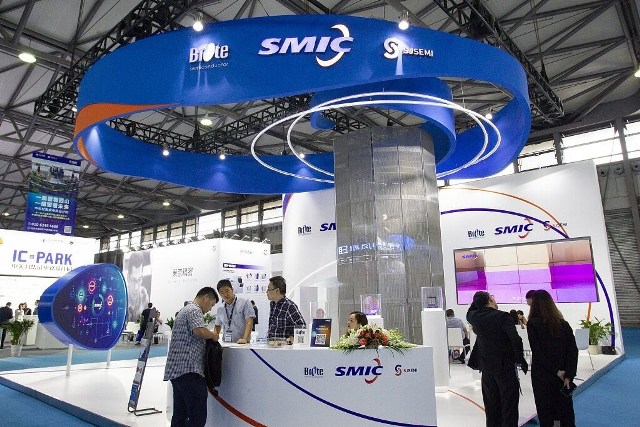SMIC has raised its capital expenditure for 2022 by 32 percent to $6.6 billion despite the US government expanding its export controls against China.

The US government expanded its export controls against China on October 7; and this development has affected SMIC as its clients have become more hesitant in ramping up wafer inputs, according to TrendForce.
SMIC wants to speed up new equipment purchases for its three new fabs located in Shenzhen, Beijing, and Shanghai in order to minimize the risks associated with the US export controls. Hence, it has raised capital expenditure in order to make advance payments on the new equipment that is set for deployment in 2023.
SMIC posted a QoQ increase of 0.2 percent in revenue to around $1.91 billion during the third quarter of 2022. SMIC has a product mix that is skewed towards consumer semiconductor components, so it saw smaller QoQ increases as well as QoQ declines in revenue performances across different applications and product categories as its clients had been focusing on inventory reduction.
This was especially noticeable for chips used in smartphones and several kinds of consumer electronics. SMIC’s revenue kept climbing because the optimization of its wafer ASP offset the issue with its product mix and the slide in its wafer shipments.
TrendForce said the majority of the global top 10 foundries will post either a smaller growth or a drop for their revenue results in Q4 2022. This wave of order corrections will affect the industry leader TSMC as well.
While TSMC could see a larger-than-anticipated drop in 7/6nm orders in Q4, its revenue generation will be sustained by 5/4nm orders. Though TSMC’s revenue for 4Q22 will not register a QoQ decline, it will be mostly flat compared with 3Q22.





